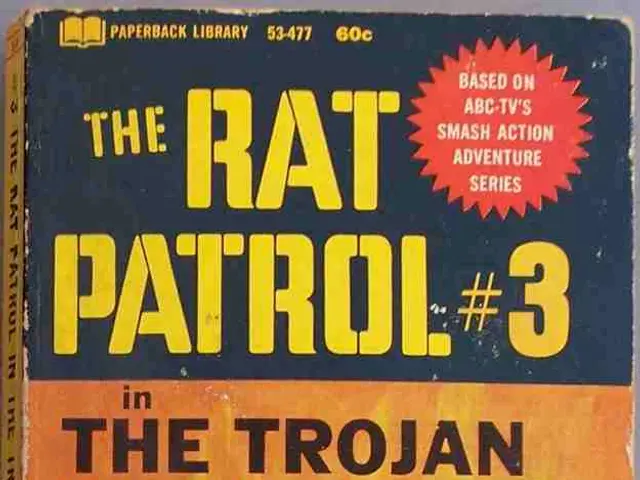Experiencing Stabbing Sensations and Ice Pick Headaches? Timely Medical Consultation Recommended
Chatting with a Know-It-All Assistant:
The Mysterious Stabbing (or Ice Pick) Headaches
Getting a headache sucks, but what about one that feels like someone's jabbing an ice pick in your eye or temple? Yep, those are the dreaded stabbing headaches for ya! Don't worry just yet, 'cause most of the time they're harmless.
"Patients come to me with these sharp headaches that keep recurring," says headache specialist Dr. Emad Estemalik.
But usually, you've got little to be concerned about.
Here's the tea on stabbing (or ice pick) headaches:
1. You probably don't need to worry, but still get it checked out.
"The majority of primary stabbing headaches are harmless and will disappear within a couple of weeks or a few months," says Dr. Estemalik.
Before you breathe a sigh of relief, though, see your doc to confirm those are indeed the headaches you've been dealing with. After a clinical assessment, your doctor will decide whether further tests, like an MRI or MRA, are necessary. These tests help rule out rare disorders like SUNCT and SUNA, which cause severe head pain, teary eyes, and a runny nose.
2. We don't know what causes 'em.
Patients have no clue what triggers their stabbing headaches, nor do the researchers. They've happened in the mornings and nights, when people were relaxed or stressed, hungry or full, during exercise, or while lying in bed.
What we do know is that those with a history of migraines are more prone to stabbing headaches. They tend to occur in the same spot as migraines, and they're uncommon in children and teens.
3. Pain relief is available.
Stabbing headaches usually disappear on their own within a few weeks to a couple of months. And while waiting for them to fade away, they can be as excruciating as hell. Indomethacin, a nonsteroidal, anti-inflammatory drug, can provide much-needed relief. But like most drugs, it has side effects such as nausea and stomach discomforts.
Dr. Estemalik typically prescribes the drug for short-term use until the stabbing headaches are under control.
He sees a lot of patients dealing with stabbing headaches, so don't feel alone. And while most are harmless, you shouldn't just assume yours is.
"With any new onset of stabbing headaches, seek your doctor's advice," he says.
SUNCT (Short-lasting Unilateral Neuralgiform headache attacks with Conjunctival injection and Tearing) and SUNA (Short-lasting Unilateral Neuralgiform headache attacks with cranial Autonomic symptoms) are rare headache syndromes. SUNCT/SUNA headaches cause a few seconds of severe head pain on one side of the head with teary eyes and a runny nose, and they require specific neurological evaluation and treatment strategies.
In summary, ice pick headaches are brief, sharp pains that usually go away on their own within a couple of weeks to a few months. Ice pick headaches are usually harmless and respond well to indomethacin. Distinguish them from rare disorders like SUNCT and SUNA, which have longer periods of pain, are more frequent and predictable, and are associated with autonomic symptoms. If you experience any new headaches with severe onset or neurological symptoms, seek urgent medical attention as there may be underlying causes to address.
- Mental health is important for managing stress and anxiety that may cause or exacerbate headaches, including ice pick headaches.
- Incorporating a health-and-wellness routine focused on mental health, such as yoga, meditation, and regular exercise, could potentially help in reducing the frequency and severity of ice pick headaches.








